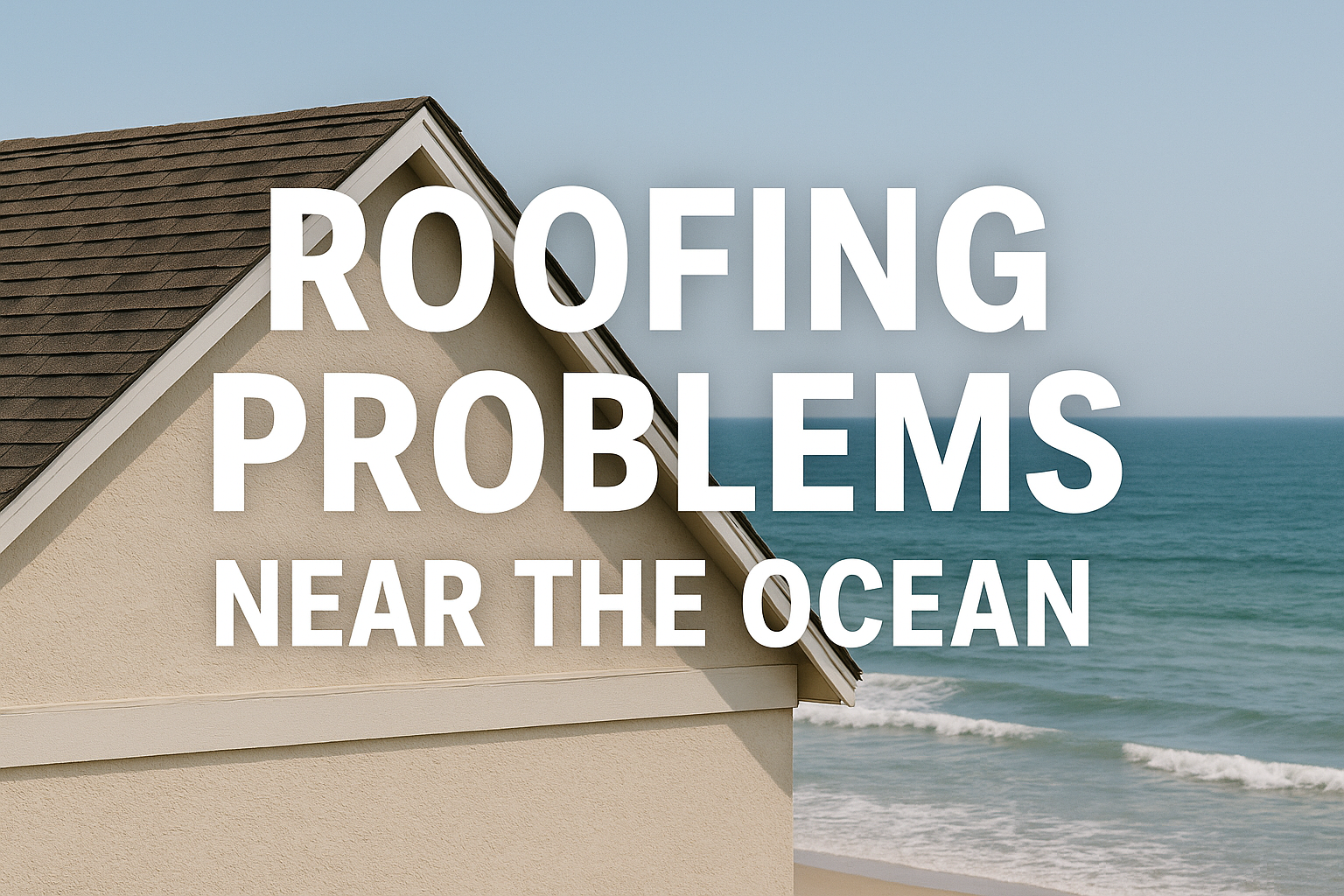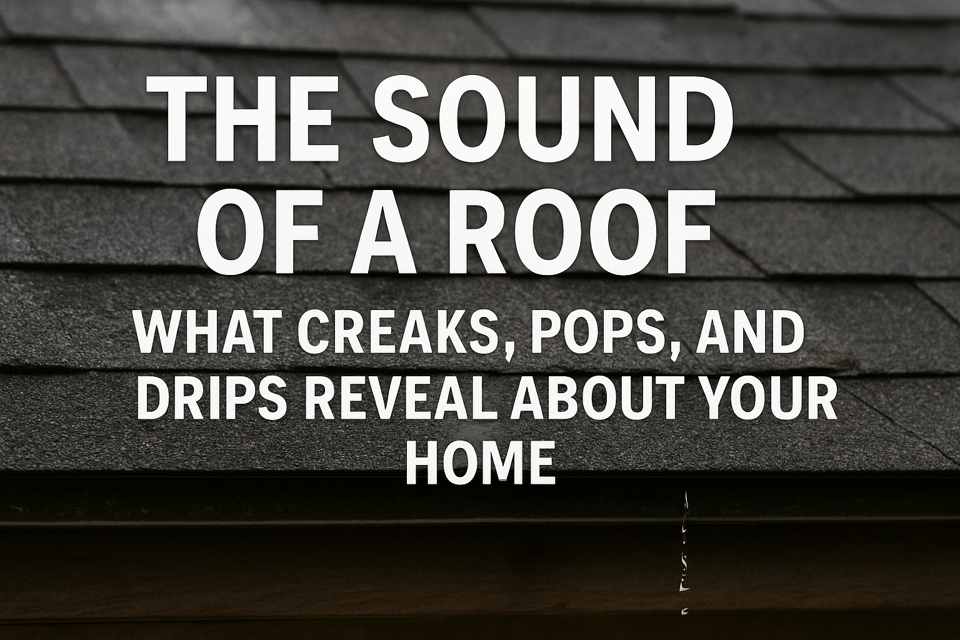Living near the coast has many perks including beautiful views, fresh breezes, and easy access to the beach. However, homeowners close to the shore also face unique challenges when it comes to their roofs. While inland homes deal with common problems like storm damage and falling branches, coastal properties are more likely to be exposed to wear and tear due to their location. Let’s take a look at what some of this may look like.
Humidity and Moisture
The closer you are to the ocean, the more humidity there is in the air. These high moisture levels create the perfect environment for algae, mold, and mildew. When these grow on shingles, tiles, and even gutters, they can cause discoloration, deterioration, and lead to leaks. Regular inspections and cleaning are key to keeping growth under control.
Salt Exposure
Salt in the air may not seem like a big deal, but over time, it can become a threat to your home’s exterior. Salty air accelerates corrosion on metal components like flashing, fasteners, and vents. In addition, salt can also cause premature fading on siding, trim, and roof materials. Protective coatings and consistent maintenance can help slow down the effects.
Sand, Wind, and Storms
Coastal areas often deal with strong winds, shifting sand, and powerful storms. High winds can loosen shingles, force moisture under the roofline, or leave your home vulnerable to flying debris. Sand carried by the wind can be abrasive, wearing away at surfaces and finishes over time. Storm preparedness and durable roofing materials are essential for homes near the water.
Owning a coastal home means you have to be proactive about roof care. Partnering with a trusted roofing professional for inspections, maintenance, and timely repairs will help extend your roof’s lifespan and protect your home against the elements.





